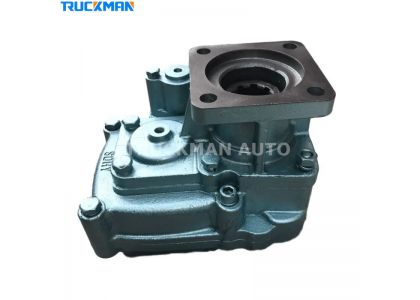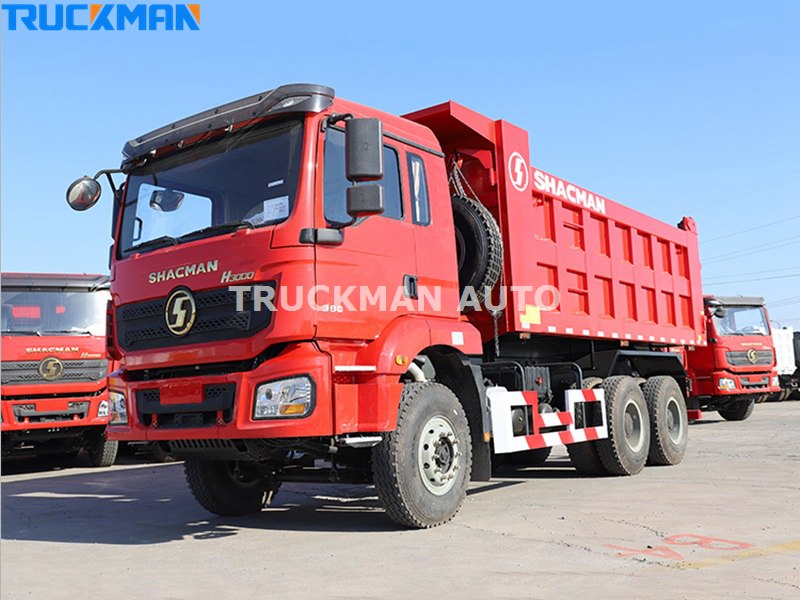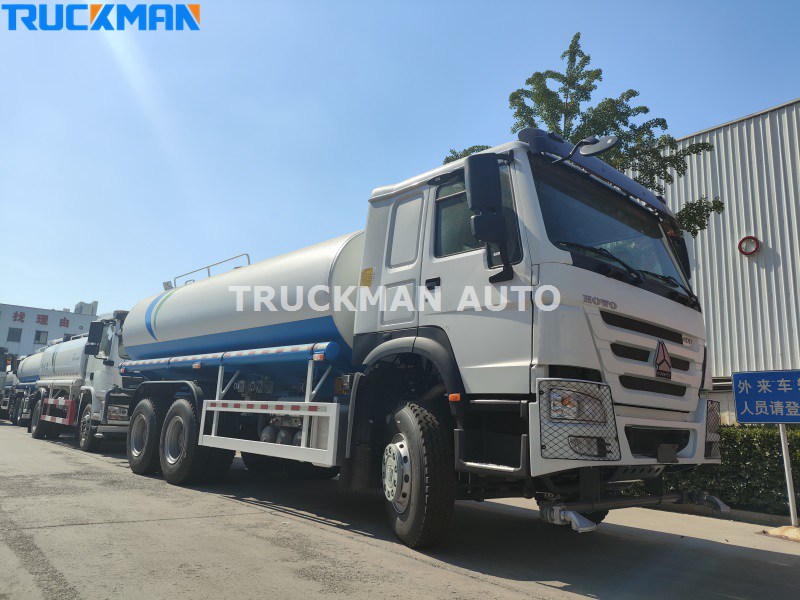
How does the tipper truck raise and lower the bucket with the engine, how quickly does the oil tanker truck unload fuel, and how does the cement tanker truck rotate the tanker body and unload quickly? All of these can not be separated from the power take-off (PTO). The truck power take-off is a device installed on the truck engine, it can transfer the power generated by the engine to other parts of the vehicle, such as the back of the truck semi trailer or the use of truck machinery equipment, etc., to improve the power and efficiency of the vehicle.
1. The Role Of Truck Power Take Off
a. Improve the vehicle power and efficiency: the extractor can convert the power of the truck engine into a variety of mechanical movement, such as output to the trailer behind the truck or excavator and other equipment, so that they can get more power to drive. It can also improve the vehicle's travelling speed and handling capacity.
b. Enhance the traction and stability of the truck: the extractor can make the truck type flexible and adapt to various different transport needs. When the truck is travelling in bad road conditions, the force extractor can enhance the traction and stability of the truck, making the truck more solid and stable.
c. Reduce truck maintenance costs: The use of force extractors can extend the life of the truck's braking and power transmission systems. They can transfer the power generated by the engine to other parts of the truck, such as trailers or machines, thus reducing the working load of the truck, lowering the wear and tear under extreme operating conditions, and reducing the cost of repair and replacement.

2. Types And Working Principles Of Truck Power Take Offs
a. Mechanical extractor: it transmits power through a set of gears, which has high transmission efficiency and is more stable. However, it needs to close the clutch and control the engine speed when using, which is not flexible enough. It is one of the most commonly used types of power take-off at present.
b. Hydraulic power take off: it is through the oil channel through the control valve to achieve power transmission, do not need to close the clutch, transmission efficiency and flexibility, but its installation and maintenance costs are very high.
c. Working principle: When it is necessary to use the working device of the truck, the driver will step on the clutch, put on a specific gear, and then step on the accelerator, so that the extractor will be connected to the transmission through the gears and transfer the power to the external working device, such as lifting pumps.
